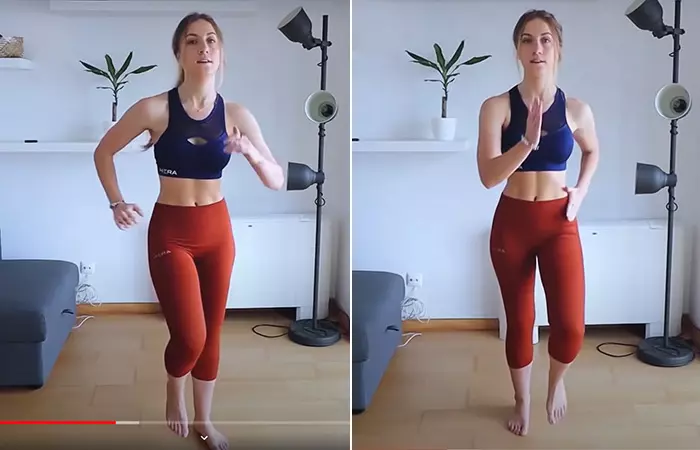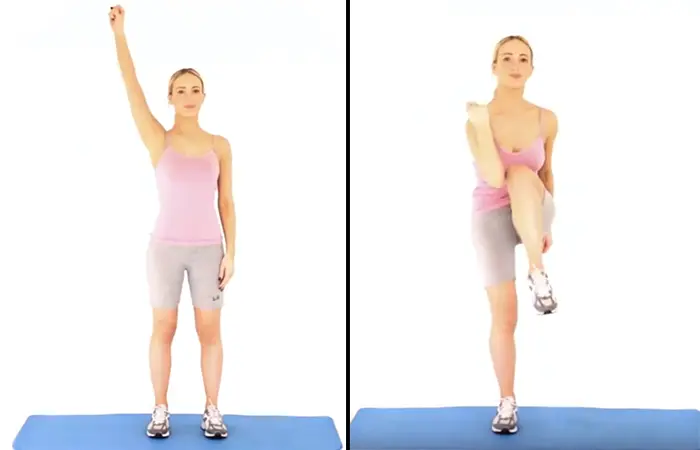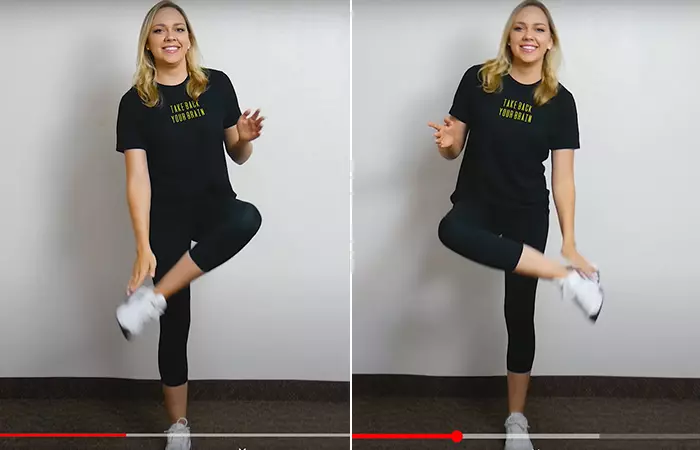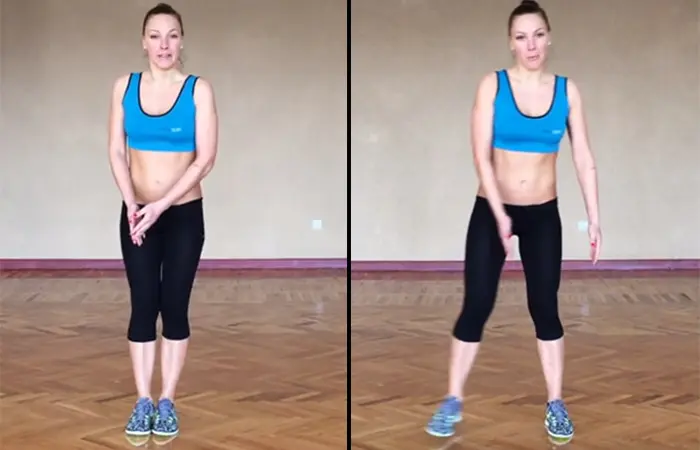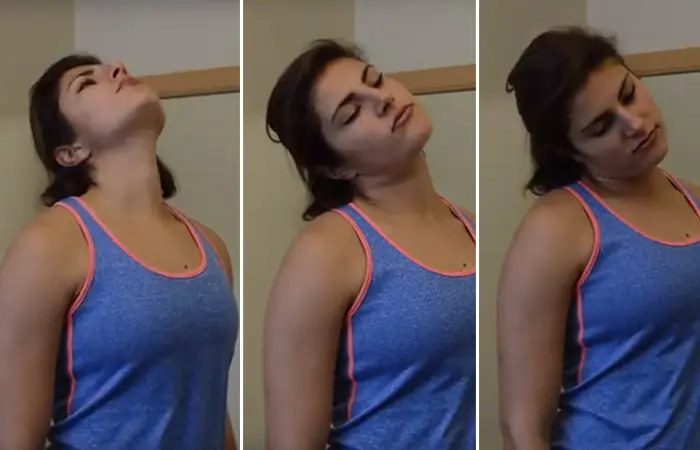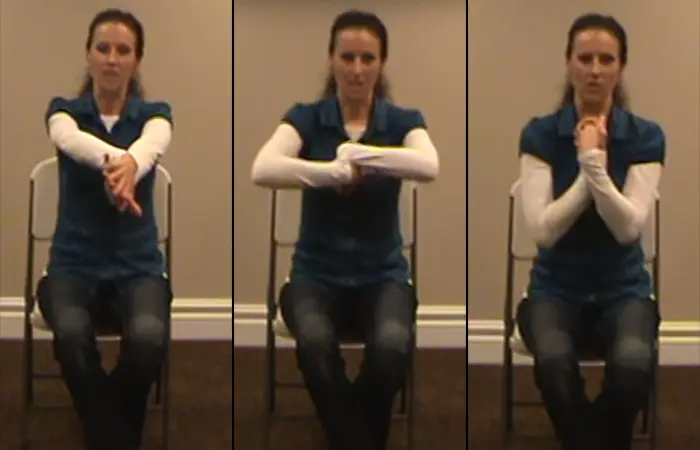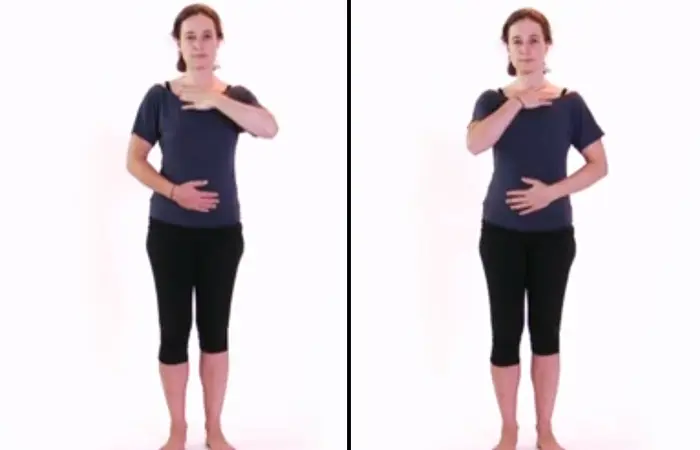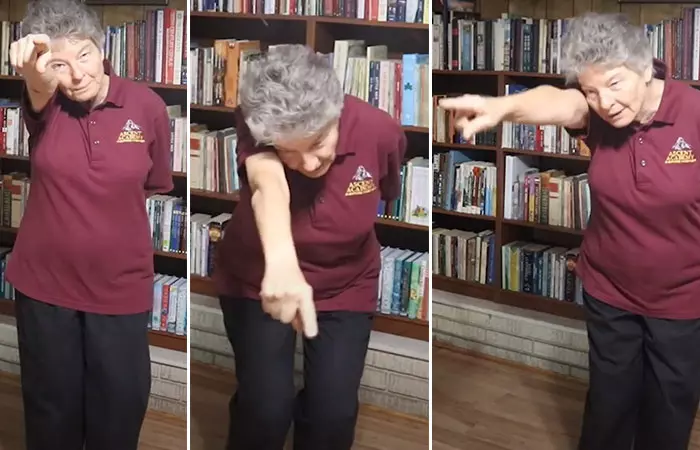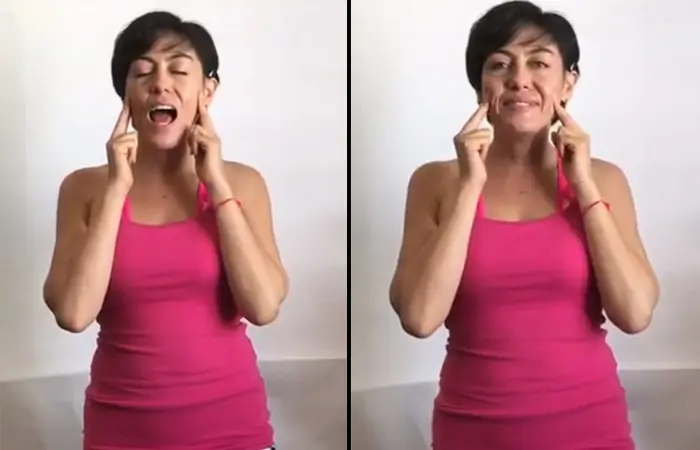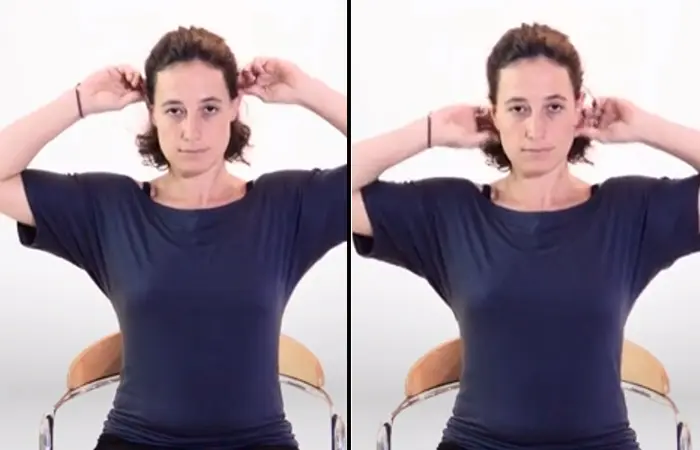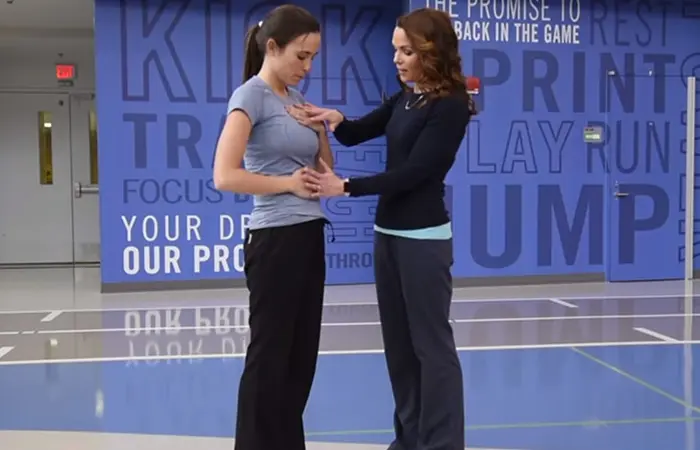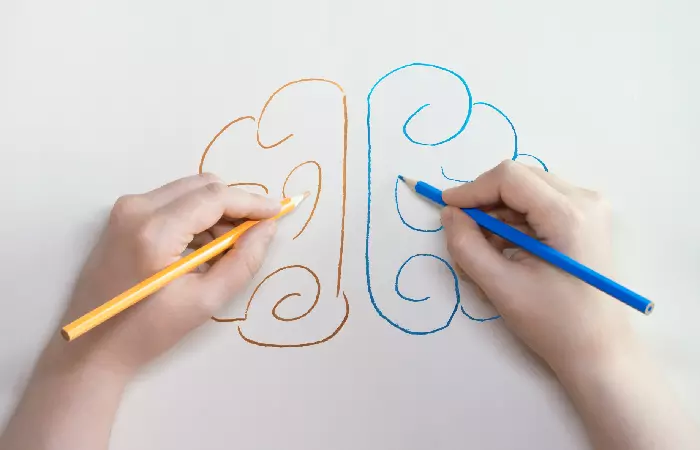This article explores the 15 best brain gym exercises and their benefits. Keep reading.
Why Are Brain Gym Exercises Good?
Michael Hamlin, Certified Personal Trainer, says, “Brain gym exercises are based on the idea that certain movements, such as shaking your hands, rocking, and stretching, can help brain function. There needs to be more research on brain gyms. But a substantial amount of research has found that exercise, in general, can help relieve anxiety and depression by releasing endorphins and improving blood flow in the brain. For example, researchers found that those who exercised regularly showed fewer signs of anxiety and depression when exposed to stress.” Most brain gym exercises are appropriate for people of all ages. For example, some simple movements such as walking and stretching have been shown to be effective in easing anxiety, regardless of a person’s age or fitness level. In fact, tasks such as sleeping or listening to music also allow the brain to rest and recover, which can help with mental health. The best part of brain gym is that anyone can do these exercises, from kids to older adults, and improve their quality of life. Explore the brain gym activities in the following section.
16 Effective Brain Gym Exercises For Cognitive Enhancement
According to Hamlin, “These exercises are designed to develop, increase, and improve functions of the body, such as vision, concentration, balance, coordination, and communication. Next to this, brain gym exercises are the foundation for developing a more alert and relaxed body and mind, and this translates into improved physiological function. These exercises help improve the functionality of specific neural pathways so that the body and mind work harmoniously together and students can be more balanced and grounded in their physical, mental, and emotional activities.” Let’s take a look at the brain gym exercises you can do.
1. Marching In Place
Marching in place is a great way to warm up your muscles. This low-to-moderate intensity exercise preps your muscles and improves breathing, balance, and hand-leg coordination. How To March In Place
2. Cross Crawl
Cross crawl exercise helps improve the coordination between the right and left brain. You can do it either by standing, sitting, or lying, depending on your comfort level. How To Do Cross Crawl You may sit on a chair and do this exercise if you have a knee injury or are relearning to balance your body.
3. Ankle Touch
Similar to the previous exercise, the ankle touch exercise helps enhance balance and coordination between the left and right limbs. How To Do Ankle Touches
4. Ankle Touch Behind Your Body
This brain gym is another variation of the ankle touch. It is an effective way to improve balance and coordination between the right and left limbs. How To Do Ankle Touches Behind Your Body
5. Step Touch
Step touch, also known as the dancer’s warm-up, is great for lateral or side-to-side movement coordination. How To Do Step Touch
6. Neck Circles
Neck circles are good for the neck muscles and head movement coordination. This activity also improves balance if you do it while standing. Keep your eyes closed when you do this exercise. How To Do Neck Circles
7. Cook’s Hook-Up
The cook’s hook-up exercise helps calm the nerves and improves hand and brain coordination. How To Do Cook’s Hook-Up
8. Brain Button
This exercise helps improve the flow of electromagnetic energy. It relaxes the eyes, shoulder, and neck and promotes body balance. How To Do Brain Button Exercise
9. Lazy Eights
In lazy eights, you trace the number eight or infinity symbol with a marker on a whiteboard or with a pen/pencil on white paper. Following the shape with your eyes have several benefits. It improves eye muscle movement, visual tracking, peripheral visioni The ability to see objects away from the center that are out of the direct line of sight or from the corner of the eyes. , attention span, and coordination. This activity enhances your abilities to understand languages, study comprehension, and eliminate reversals and transpositions. How To Do Lazy Eights
10. The Elephant
The elephant brain gym helps improve attention, recognition, perception, memory, speech, spelling, thinking ability, depth perception, and eye coordination. How To Do The Elephant Note: You can also do this exercise in a sitting position.
11. The Energy Yawn
The energy yawn exercise helps release tension in the jaw and relaxes the eyes. How To Do Energy Yawn
12. The Thinking Cap
The thinking cap activity is one of those brain exercises for memory that effectively improve learning speed and mood, increases attention span, and boosts memory in kids and adults. How To Do Thinking Cap
13. Belly Breathing
This exercise helps increase oxygen supply in the body, which, in turn, helps you relax and improves your reading and speaking abilities. How To Do Belly Breathing
14. Trace X
The trace X exercise helps improve eye coordination, vision, depth perception, hearing, and body coordination. It enhances your skills in writing, organization, mathematics, spelling, grammar, language learning, sports, and executive function (planning and scheduling). How To Do Trace X Note: You can also draw a big ‘X’ spanning the diagonals of a whiteboard and trace it with your eyes.
15. Positive Points
This exercise helps draw positive emotions and reduces the negative ones. It releases stress, relieves memory blocks, and boosts your mood. The positive points brain gym also enhances long-term memory and improves learning, reading, academic skills, and stage and sports performances. How To Stimulate The Positive Points Note: Practice it regularly to train your brain to restrict bothering thoughts.
16. Double Doodle
It is a drawing technique that may help improve focus and memory. This creative way may help engage your brain and improve coordination between the hand and the eye. How To Do Double Doodle How can brain gym exercises benefit children in their learning process? Check out the infographic below to find out the easiest brain gym exercises you should try out.Illustration: StyleCraze Design Team Brain gym exercises can be a real game-changer for kids. They help them focus better, remember things longer, and think on their feet. This gets their brains ready for schoolwork and can even help them cope with any situation. Can you train your brain like a muscle? Michael Hamlin says, “The brain is not a muscle, but in many ways, it does work like one. The brain is made up of millions of neurons communicating through electrical and chemical signals. Like a muscle, your brain can be trained to become stronger over time using activities such as brain gym exercises.” Is brain gym evidence-based? Yes. Brain gym exercises help improve cognition, mental health, and overall well-being. Which brain gym exercise is best for students? The following exercises are best for students:
Belly breathing Positive points Thinking cap Brain button
How do you exercise your left brain? Do coordinated moves of the right limbs to exercise your left brain. Is the brain gym an effective educational intervention? Yes. The brain gym might help improve thinking, reading, and speaking abilities. However, no evidence shows the brain gym to be an effective educational intervention. Which brain gym technique to use to calm children down? You can use Cook’s hook-ups and cross-crawls to help children calm down after experiencing anxiety and distress. Hook-ups can help control their breathing while cross-crawls can improve their focus and release stress. Does brain gym help autism? No, current scientific evidence shows that brain gym does not increase engagement in children with autism (7). How much brain training should you do in a day? You can practice 60 to 90 minutes of brain training or brain workout every week to keep your brain sharp and healthy. What time of the day is your brain sharpest? Studies suggest your brain is sharpest in the mornings following a good night’s sleep (8), (9). Ideally, you can perform cognitive-heavy tasks in the morning. Learn how to improve your focus and concentration with brain gym exercises. Discover simple and effective techniques in the video below to help you stay focused and productive.
